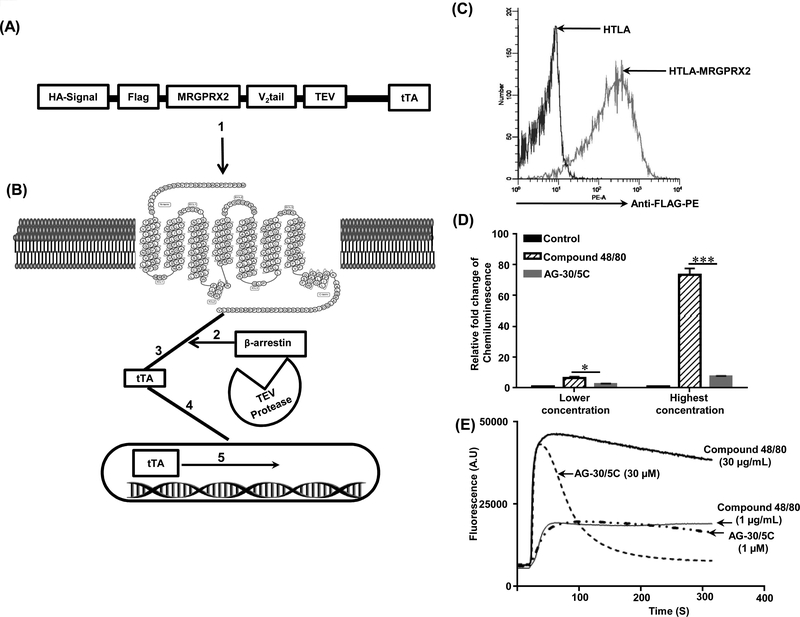Figure. 3: Compound 48/80 is a balanced agonist whereas AG-30/5C is a β-arrestin-biased agonist for MRGPRX2.
(A) Modular design of Tango constructs. (B) Upon activation (1), β-arrestin is recruited to the C terminus of the receptor (2). This is followed by cleavage of the GPCR fusion protein at the TEV protease–cleavage site (3). Cleavage results in the release of the tTA transcription factor (4), which after transport to the nucleus activates transcription of the luciferase reporter gene (5). (C) Untransfected (HTLA) and stably transfected HTLA-MRGPRX2-Tango (HTLA-MRGPRX2) cells were incubated with anti-FLAG-PE antibody and cell surface receptor expression was determined by flow cytometry. A representative overlay histogram of MRGPRX2 expression is shown. (D) HTLA-MRGPRX2 cells were exposed to compound 48/80 (1.0 or 30 μg/mL) and AG-30/5C (1.0 and 10 μM) respectively and β-arrestin-mediated gene expression was determined. (E) Representative Ca2+ measurement traces for compound 48/80 (1 μg/mL and 30 μg/mL) and AG-30/5C (1 μM and 10 μM) are shown. All data points for the β-arrestin activation assay are expressed as a mean ± SEM of three experiments. Statistical significance was determined by non-parametric t-Test and two way ANOVA (P value<.05). *** indicates P value<.001,** indicates P value <.01 and * indicates P value <.05.

